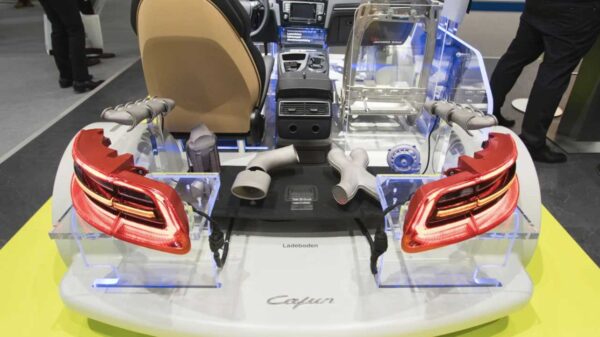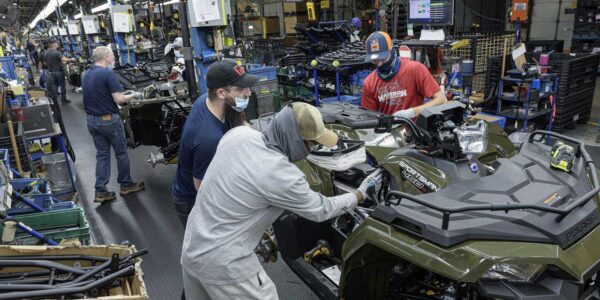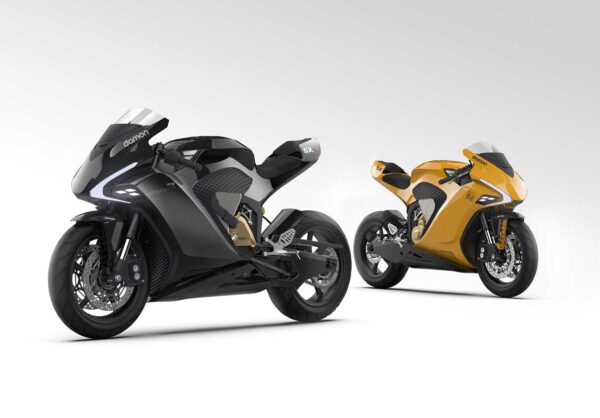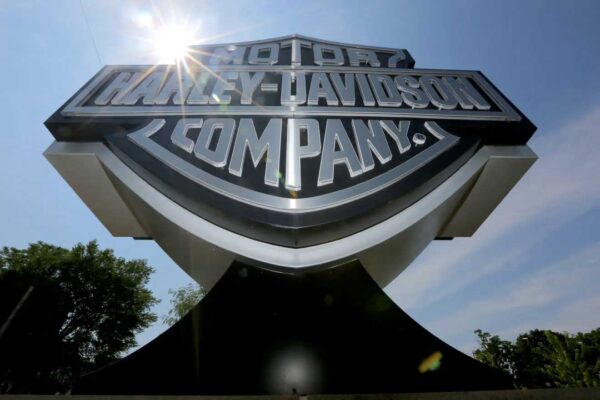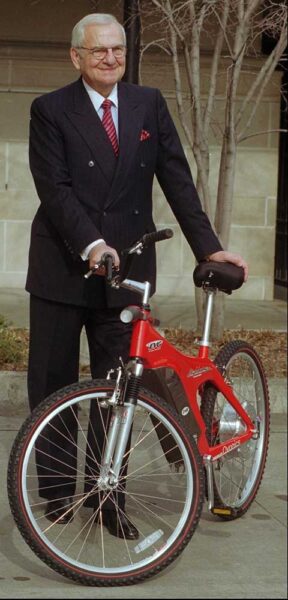The 3D Printer Market Is Being Driven By 3D Printed Products In Automotive Industry
The Business Research Company’s 3D Printer Global Market Report 2021: COVID-19 Growth And Change To 2030 The growth in the use of 3D printed products in the automotive industry is a key factor driving the growth of the 3D printer manufacturing market. The manufacture of lightweight vehicle components is possible with the aid of 3D printing that reduces vehicle weight, boosts car performance, and increases fuel economy, and greater productivity can be achieved in injection molding equipment manufacturing using 3D printing technology. For instance, in 2019, General Motors collaborated with Autodesk to produce 3D printed lower cost and lighter vehicle parts. Therefore, the growth in demand for 3D printed products in the automotive industry drives the demand for manufacturing 3D printers and contributes to the growth of the 3D printer manufacturing market. The 3D printer manufacturing market consists of sales of 3D printers that are used in automotive, healthcare, industrial, consumer electronics, aerospace and defense industries. 3D printing is the method of creating three-dimensional objects by transferring consecutive material layers through a 3D printer. The global 3D printer market is expected grow from $8.62 billion in 2020 to $11.1 billion in 2021 at a compound annual growth rate (CAGR) of 28.8%. The growth is mainly due to the companies resuming their operations and adapting to the new normal while recovering from the COVID-19 impact, which had earlier led to restrictive containment measures involving social distancing, remote working, and the closure of commercial activities that resulted in operational challenges. The 3D printing market size is expected to reach $25.26 billion in 2025 at a CAGR of 23%. TBRC’s 3D printers market report is segmented by printer type into desktop 3d printer, industrial 3d printer, by technology into stereolithography (SLA), fused deposition modeling (FDM), selective laser sintering (SLS), direct metal laser sintering […]
The 3D Printer Market Is Being Driven By 3D Printed Products In Automotive Industry Read More »

